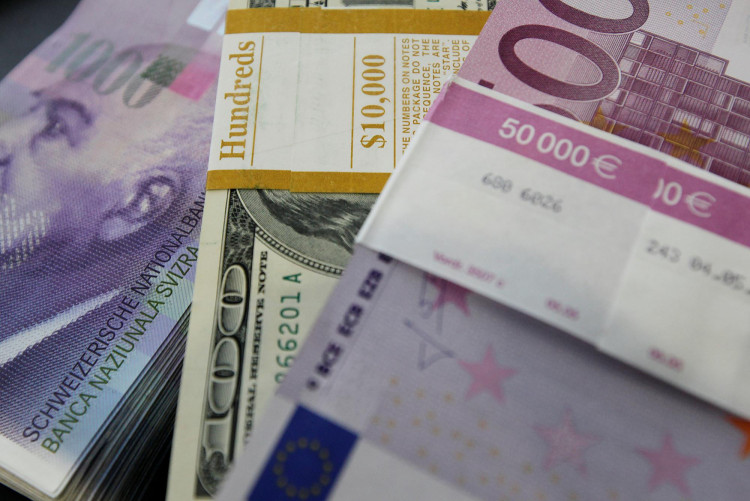In a week marked by heightened market volatility, global bonds experienced a brief respite on Wednesday. This came after a weaker-than-expected reading of private payrolls, leading to speculation that the US central bank might hold off on tightening its monetary policy.
The S&P 500 Index showed signs of recovery after plummeting to a four-month low on Tuesday. Meanwhile, ten-year Treasury yields dipped below 4.8%, a significant shift after a 30 basis point surge earlier in the week. This shift in market sentiment was largely attributed to revised expectations regarding a potential rate hike this year. Market participants now estimate less than a 20% likelihood of a rate increase in November, a decrease from the previous one-in-three odds.
September's employment data provided further insight into the state of the US labor market. According to a survey conducted by the ADP Research Institute in collaboration with Stanford Digital Economy Lab, US companies added the fewest jobs since the beginning of 2021. Private payrolls saw an increase of 89,000 in September, a decline from the 180,000 jobs added in August.
Mike Loewengart, head of model portfolio construction at the Morgan Stanley Global Investment Office, commented on the implications of the data for stock investors. "Stock investors have been hoping the labor market will loosen up and give the Fed enough breathing room to dial down its hawkishness," he noted. While the ADP report isn't always a direct predictor of the government's monthly jobs data, a similar trend in Friday's report could alleviate concerns about perpetually rising interest rates.
Even before the release of the latest employment figures, some investors were looking to capitalize on the recent downturn in stocks. The S&P 500's relative strength index, which has dropped below 30, indicates that the index is officially in oversold territory. Francisco Simón, European head of strategy at Santander AM, is among those considering undervalued assets. He stated, "The current weakness of equities would be an opportunity to enter those sectors and companies with high sensitivity to rates. We hope they will do a catch-up again once rates stabilize."
Recent market turbulence has been exacerbated by better-than-expected US job data and a series of hawkish remarks from Federal Reserve officials. As the market grew more convinced of potential hikes in US interest rates, which are already at 22-year highs, 30-year yields reached 5% for the first time since 2007.
Virginie Maisonneuve, global chief investment officer for equities at Allianz Global Investors, spoke to Bloomberg Television about the current market environment. "It's fair to say there's going to be a volatile environment until we have more clarity on the direction of rates," she said, adding that long-term investors should focus on stocks with strong growth potential and robust balance sheets.
In currency markets, the Bloomberg Dollar Spot Index declined for the first day this week, following its highest close since late November. Meanwhile, commodities saw West Texas Intermediate crude prices drop by 2.3% to $87.14 a barrel.






